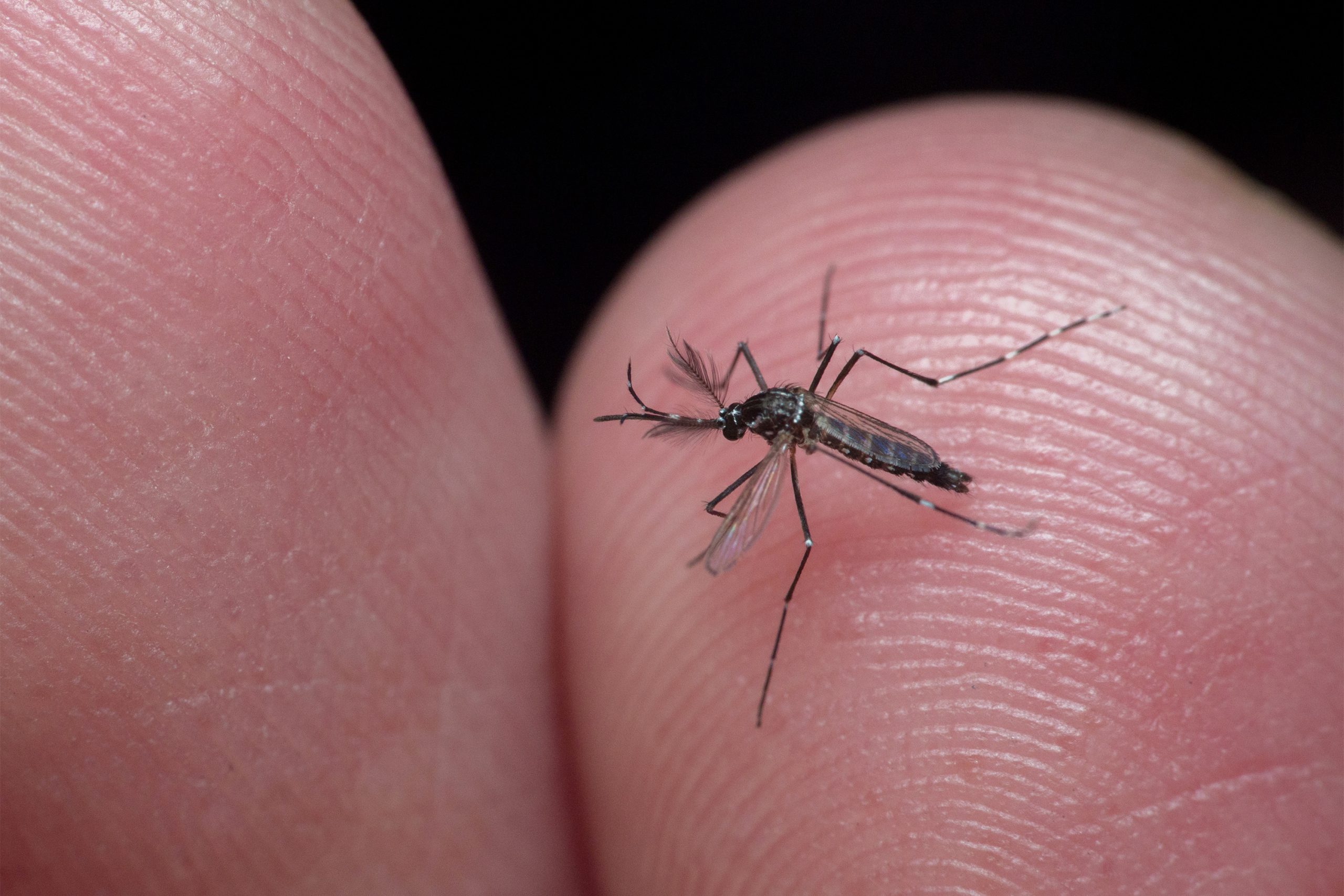There are basic resources every baby needs for the best possible chance to develop as healthy well-functioning human.
Start with good nutrition, breast milk if possible. That baby is going to need stimulation, lots of looking, reciprocal interactions, exposure to language and interesting stimuli. If at all possible, you should live in a place where you don’t have to constantly be looking over your shoulder in fear while you coo at the baby. Lastly, you must help the baby learn how to regulate themselves including developing regular circadian rhythms and sleep.
In short, focus on the “Thrive 5,” five conditions to ensure an infant in the first year of life has what they need for healthy development. Those conditions include environmental stimulation, nutrition, neighborhood safety, positive caregiving and regular circadian rhythms and sleep.
Simple, and yet, it has not yet been prioritized for many reasons including the fact that researchers had not provided empirical data to support making the Thrive 5 a public health priority.
Researchers at Washington University in St. Louis think it’s time to change that. In new research published in JAMA Pediatrics, Deanna Barch and Joan Luby make the case that “Thrive Factor” is a key element of healthy human brain, behavioral and cognitive development.
“When they have access to these basic supports, even in the face of adverse environments, it enhances their brain development, cognition (measures of IQ) and social-emotional development,” said Luby, MD, the university’s Samuel and Mae S. Ludwig Professor of Child Psychiatry at the School of Medicine.
There have been plenty of studies touting the benefits of individual thrive factors, such as encouraging breast-feeding to facilitate growth in general, but this new study looks at several key factors known to influence brain development and shows their relationship to outcomes at age 3.
“The novelty here is putting them all together and thinking of them as a constellation of things that are necessary and important for a child to be able to thrive,” said Barch, PhD, vice dean of research, a professor of psychological & brain sciences in Arts & Sciences and the Gregory B. Couch Professor of Psychiatry at the School of Medicine.
The study is part of WashU’s ongoing research into how psychological and social factors in early development impact biological processes and change the brain. And it’s part of a change in thinking in the child development field as scientists have learned that much of our health is not just genetically predetermined but is powerfully influenced by the psychosocial environment. The human brain is still undergoing rapid development at birth, and researchers are trying to understand the environmental factors that shape this development.
The study of 232 infants and their mothers looked at positive factors in the environment in the fetal period and first year of life that enhance brain development, minimize negative behaviors and increase cognitive outcomes. Participants were evaluated on social disadvantage indexes beginning in utero and early life T-Factor scores were also calculated. As infants approached age 3, they were re-evaluated for social, emotional and cognitive development along with using MRIs to scan brain structure.
The results were clear that T-Factor is powerful: Even infants coming from adverse conditions and under-resourced backgrounds can have healthy development if they get their Thrive 5.
The researchers note that policymakers and pediatric primary care providers should be informed about the importance of focusing on elements of the T-Factor and how they can lead to many downstream advantages for both the child and society.
It may seem obvious to anyone that a baby needs care, sleep, food, stimulation and safety but “nobody has particularly focused on or prioritized the importance of this during fetal development and in the first year of life to enhance critical developmental outcomes,” Luby said.
“The Thrive Factor provides a solid foundation for healthy development. It has been underappreciated in primary care just how malleable the brain is to experience,” Luby added.
Barch said the next step will be setting up interventions to test in randomized controlled trials. Another advantage to T-Factor is it is highly feasible to share and promote in broad populations.
Interventions would likely take the form of multiple Zoom sessions with parents to educate and coach them on how to best provide each thrive factor. But that would just be the start, since parents need resources to help them provide thrive factors.
Though T-Factor can help kids overcome adverse conditions, Barch emphasized the need for understanding just how tough those adverse conditions can be on a new parent.
“If you’ve never suffered from financial adversity, you don’t understand how hard that makes life,” she said.
Parents can struggle to provide conditions to thrive because they may have to support many people in their household, may not have adequate number of rooms to ensure easier child sleep training, must work multiple jobs and can’t get away to breast feed, and live in unsafe neighborhoods that keep them in a constant state of vigilance.
Though education can help caregivers, it will take public policy interventions to ensure parents can access all the Thrive Factors, especially when it comes to access to safe housing and adequate income to support even these basic needs of developing infants.
“We need to make it so families can have the resources necessary to provide these core things to kids because it’s going to have such a big impact on kids’ development across the course of their lifespan,” she said.


